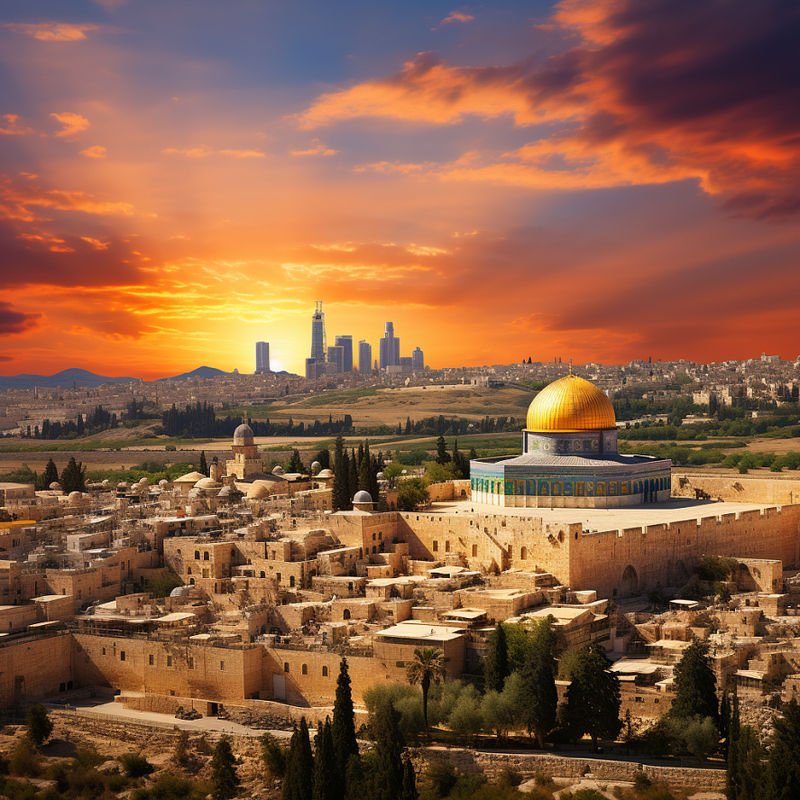What’s the Middle East?

The Middle East is a geographical and cultural region that spans parts of Western Asia and Egypt in North Africa. It has been a focal point of global history for millennia due to its pivotal position between Europe, Asia, and Africa, as well as its vast reserves of oil and gas in the modern era.
Geographical Boundaries:
The exact boundaries of the Middle East can vary depending on the context, but it typically includes the following countries:
- Bahrain - Cyprus - Egypt - Iran - Iraq - Israel - Jordan - Kuwait - Lebanon - Oman - Palestine (West Bank and Gaza Strip) - Qatar - Saudi Arabia - Syria - Turkey - United Arab Emirates - Yemen
Some definitions might also include parts of Afghanistan, Pakistan, and other neighboring regions.
Historical Significance:
The Middle East is often referred to as the “Cradle of Civilization.” Ancient Mesopotamia, located in present-day Iraq, was home to some of the world’s earliest civilizations, including the Sumerians, Akkadians, Babylonians, and Assyrians.
The region witnessed the invention of writing, the development of early sciences, and the birth of major world religions such as Judaism, Christianity, and Islam.
Cultural and Religious Diversity:
The Middle East is culturally diverse, with numerous ethnic, religious, and linguistic groups. Some prominent ethnic groups include Arabs, Persians, Turks, Kurds, and Jews, among others.
Religiously, while Islam predominates, there are significant Christian, Jewish, Yazidi, Zoroastrian, Baha’i, and Druze communities, among others.
Economic Importance:
The Middle East holds some of the world’s largest oil and gas reserves, making it a significant player in global energy markets.
Countries like Saudi Arabia, Iran, Iraq, and the United Arab Emirates are top oil producers. This wealth of resources has influenced both regional politics and global geopolitics.
Modern Challenges:
In the modern era, the Middle East has often been a hotspot for conflict, influenced by both internal dynamics and external intervention.
Key issues include:
- The Israel-Palestine conflict - The Sunni-Shi’a divide, notably in countries like Iraq and Yemen - Civil wars, as witnessed in Syria and Yemen - Tensions between regional powers, particularly Iran and Saudi Arabia - The impacts of colonialism and post-colonial state formation - Challenges of modernization and nation-building
Conclusion:
The Middle East, with its rich history and complex socio-political tapestry, remains a crucial region on the global stage. Its historical sites, diverse cultures, and strategic resources make it a region of both collaboration and contention. Understanding its nuances is essential for those interested in international affairs, history, culture, and religion.